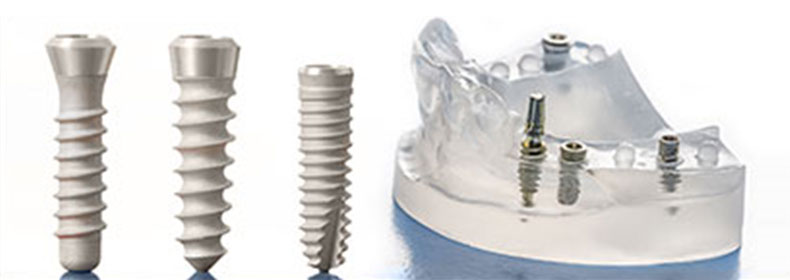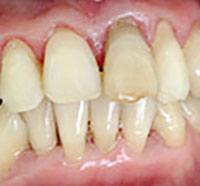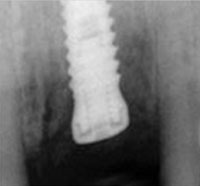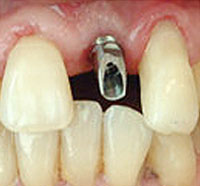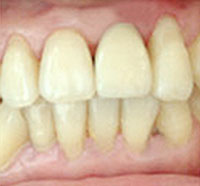

Dental Implant
Dental implant refers to a material that integrates with the jaw bone in order to support dental prosthesis/artificial tooth made to fill in the empty area.
It can replace extracted or damaged tooth due to periodontitis and external shock, it has the same function as original tooth.
Implant Diagnosis &
Treatment Process
-
STEP 1
Check up & Treatment planning
-
STEP 2
Insert implant (1st operation)
-
STEP 3
Stitch removal & sterilizing
-
STEP 4
Attach the abutment to the implant
(2nd operation) -
STEP 5
Manufacture the artificial teeth
(crown) -
STEP 6
Screw or cement crown onto
the abutment -
STEP 7
Maintenance and periodic
check up
Types of Implants
Osstem Implant |
|---|
|
Implant developed for high success rate with quick 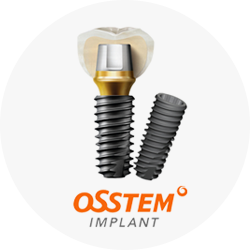
|
Neo Biotech Implant |
|---|
|
Reliable Implant brand supplied in over 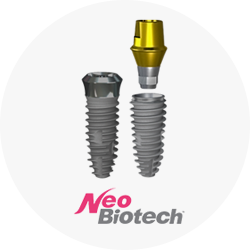
|
※ WONJIN Dental Clinic only uses 100% authentic implant products.
Types of Implant Prosthesis
Classification |
Ordinary (PFM) Prosthesis |
Zirconia Prosthesis |
|---|---|---|
| Type |
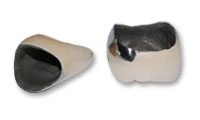
PFM (Metal) |
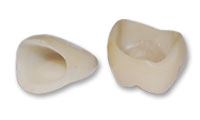
Zirconia |
|
Aesthetic Features |
Black border can be seen on the boundary |
Original tooth-like color |
| Solidity |
Has low solidity with a ceramic surface |
Semi-permanent durability with higher solidity than gold |
| Transparency |
Not transparent with metallic substance |
Highly transparent as an entirely ceramic material |
Ordinary (PFM) Prosthesis |
|
|---|---|
| Type |

PFM (Metal) |
|
Aesthetic Features |
Black border can be seen on the boundary |
| Solidity |
Has low solidity with a ceramic surface |
| Transparency |
Not transparent with metallic substance |
Zirconia Prosthesis |
|
|---|---|
| Type |

Zirconia |
|
Aesthetic Features |
Original tooth-like color |
| Solidity |
Semi-permanent durability with higher solidity than gold |
| Transparency |
Highly transparent as an entirely ceramic material |
Post-Operative Care
The lifespan of dental implants depend on the patient’s hygiene management.
1Periodic check-ups |
2Avoid hard foods |
3Oral care maintenance |
|---|---|---|
|
For 6 months after the procedure, |
Chewing on hard, chewy, sticky foods |
Proper brushing, dental flossing, |
1Periodic check-ups |
|---|
|
For 6 months after the procedure, |
2Avoid hard foods |
|---|
|
Chewing on hard, chewy, sticky foods |
3Oral care maintenance |
|---|
|
Proper brushing, dental flossing, |
Before and After
-
1 day after implant placement

-
1 day after implant placement,
2 months after prosthesis

























